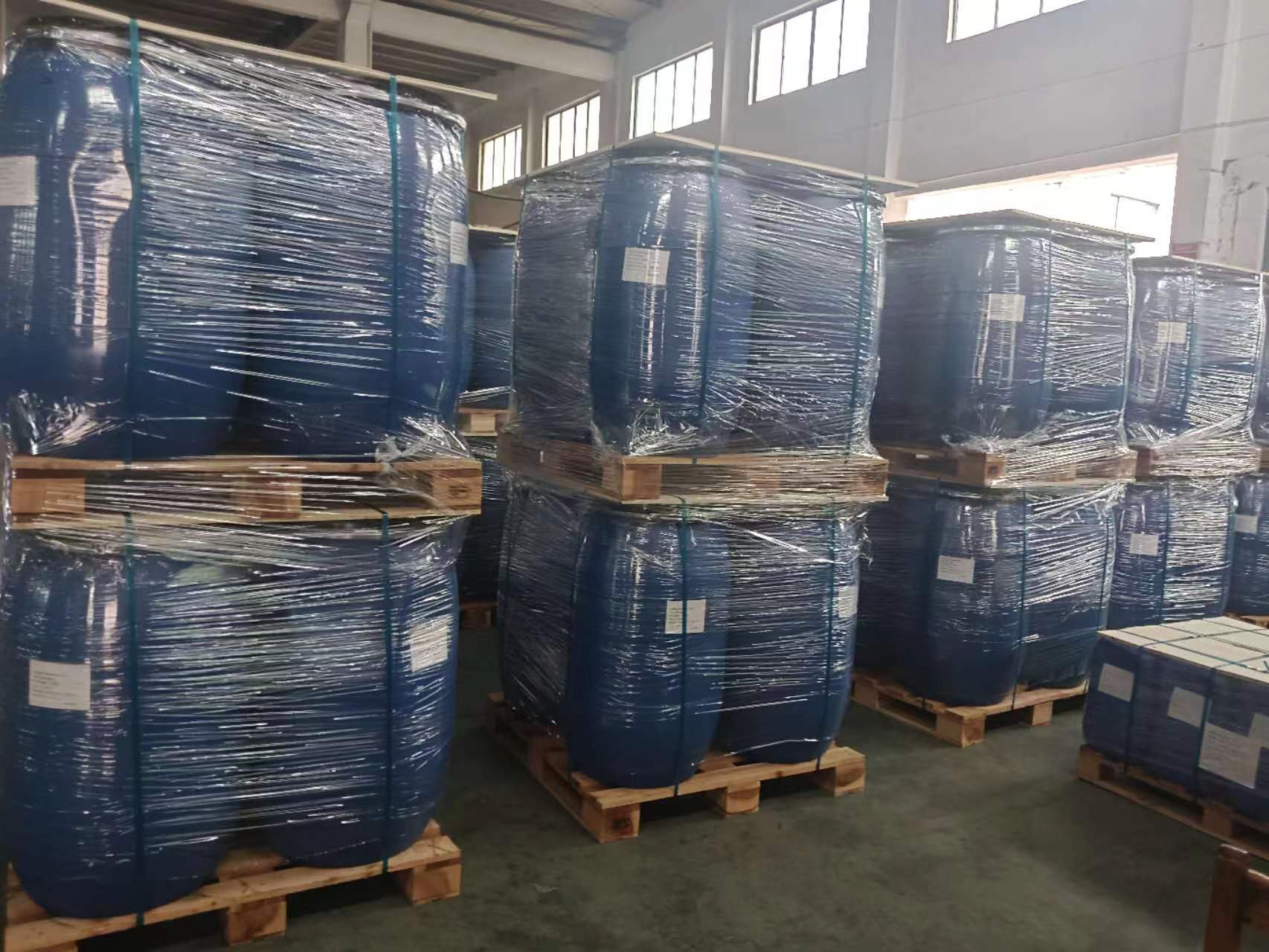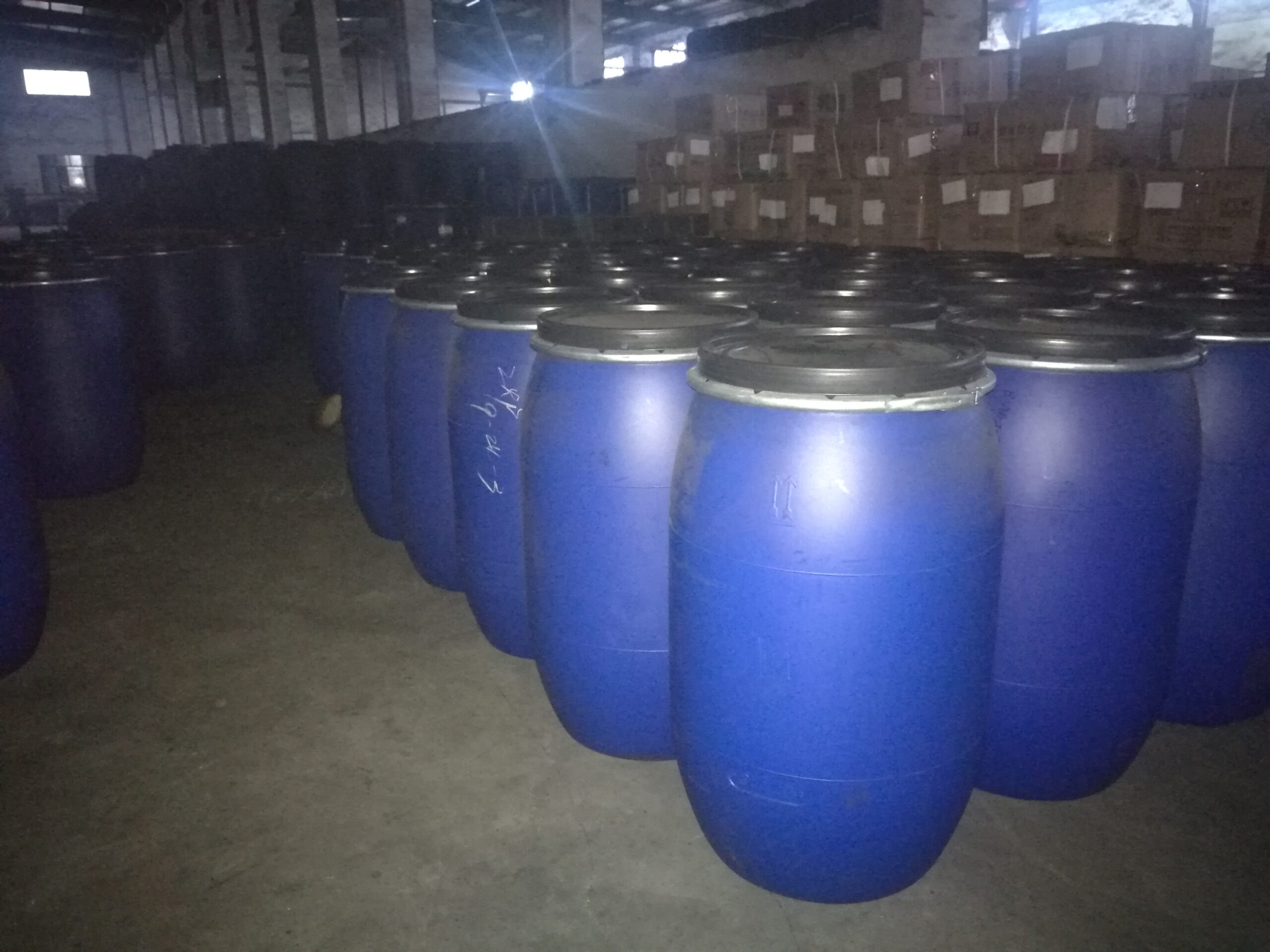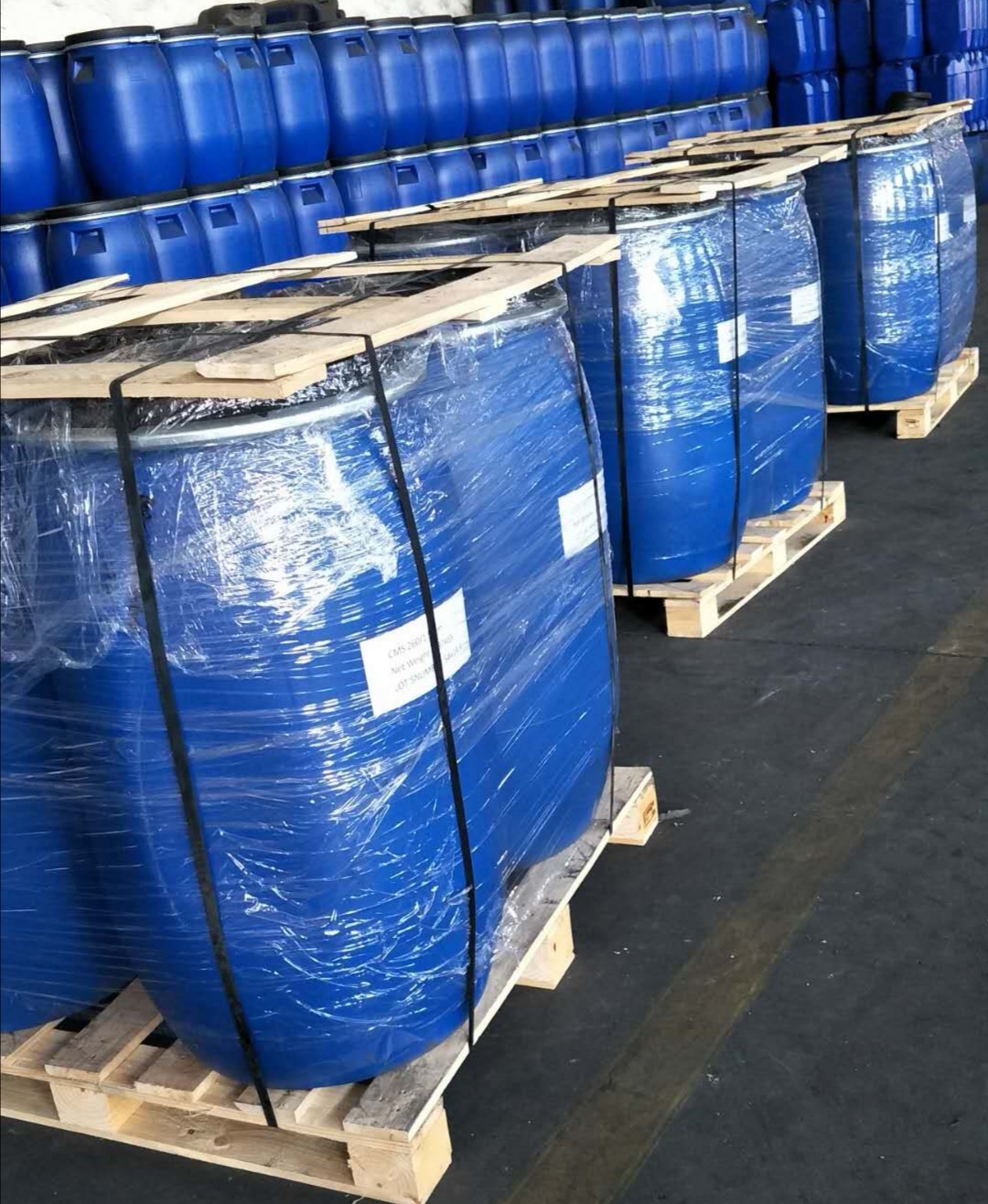How to store and maintain carbon molecular sieves correctly?
Carbon molecular sieves are materials commonly used for gas adsorption, separation and purification. Due to their highly efficient molecular screening performance, they are widely applied in industrial and scientific research fields. Proper storage and maintenance of carbon molecular sieves can extend their service life, maintain their adsorption performance, and ensure their stability and reliability during operation. The following are some suggestions on how to store and maintain carbon molecular sieves correctly:

一、 Storage Specifications for Carbon Molecular Sieves
- Ensure a dry storage environment: Carbon molecular sieves are sensitive to moisture. The storage environment should be kept as dry as possible to avoid getting damp. Dehumidification equipment can be installed in the storage area, or moisture-proof bags can be used to control the humidity. The temperature should be maintained within the range of 5-35℃, and the relative humidity should be below 60%. The storage area should be kept away from vibration sources and heat sources (at least 2 meters away from heating equipment). It is recommended to store on moisture-proof trays 20cm above the ground. The unopened original packaging has a shelf life of 36 months and should be used up within 6 months after opening. Special attention should be paid to avoiding contact with corrosive gases such as acid mist and ammonia. It is recommended that automatic temperature and humidity recorders be installed in the warehouse.
- Avoid contamination by chemical substances: Carbon molecular sieves are highly susceptible to chemical contamination by oils, moisture, and acidic gases. Lubricating oil in compressed air (even at a content of 0.01ppm) can clog the microporous structure of 3-5A, resulting in a 40-70% decrease in adsorption capacity. Moisture (H₂O molecule diameter 2.75A) will combine with the hydroxyl groups on the surface of carbon molecular sieves to form irreversible adsorption. Experimental data show that after being stored in an environment with a relative humidity > 60% for 30 days, the nitrogen production will decline by up to 25%. Acidic gases (such as SO₂, H₂S) can corrode the carbon framework. Especially sulfur-containing compounds can reduce the strength of molecular sieves by more than 50%. Therefore, it is necessary to avoid exposing them to an environment containing chemicals to prevent pollution and damage.
- Regular cleaning and maintenance: Regularly clean and maintain the carbon molecular sieve to remove impurities and dust adhering to its surface, ensuring its aeration and adsorption performance. Any abnormalities should be dealt with and replaced in a timely manner.
- Avoid mechanical damage: Carbon molecular sieves should be handled with care during transportation and operation to prevent mechanical damage and collision, which may lead to cracks or wear and affect their performance.
- Pay attention to storage temperature: When storing carbon molecular sieves, be mindful of the ambient temperature to avoid the influence of high or low temperatures, which may affect their performance and lifespan.
- Regular replacement: Carbon molecular sieves have a certain service life. According to the operating conditions and usage frequency, replace the new carbon molecular sieves regularly to ensure the normal operation of the equipment.
二、Key Points for Pre-treatment before Use
Activation processing procedure
The newly filled carbon molecular sieve needs to be activated for 48 hours: First, it is heated to 120±5℃ at a rate of 10℃/ hour, and dry nitrogen gas (dew point ≤-40℃) is introduced for purging, with the flow rate controlled at 30% of the design value of the adsorption tower. Before use, the bulk density must be tested (qualified range: 650-700g/L). During filling, it is necessary to vibrate in layers (once every 20cm), and the final filling density deviation must not exceed ±3%. Special attention should be paid to the 24-hour low-load operation (70% of the designed capacity) during the first startup.
三、Maintenance Measures during Operation
Maintenance of air purification system
It is essential to ensure the effective operation of the pretreatment system: the filter element of the oil removal filter should be replaced every 4,000 hours (immediately when the pressure difference is greater than 0.15MPa), and the activated carbon filter should be forcibly replaced every 3,000 hours (even if it does not exceed the standard). Check daily whether the automatic drain is discharging water normally. The dew point of the air at the outlet of the refrigerated dryer should be ≤-20℃. It is recommended to test the quality of the compressed air with a white cloth every month (if there is no oil stain after being left for 1 hour). Oil contamination can lead to a permanent reduction of 30-50% in the adsorption capacity of molecular sieves. () () ()]]]
四、Shutdown Protection Plan
Long-term disuse treatment
If the machine is shut down for more than 72 hours, a nitrogen protection procedure must be carried out: First, purge the adsorption tower with dry nitrogen (purity ≥99.9%) at a flow rate of 5m/s for 4 hours, and then maintain a positive nitrogen pressure of 0.2MPa inside the tower. The pressure holding condition needs to be checked every 15 days. If the pressure drop is greater than 0.05MPa, nitrogen should be replenished. When reactivated, a 12-hour progressive load increase operation (gradually increasing from 30% to 100% capacity) is required. Special attention should be paid to adding moisture-proof measures for electric heating when the machine is shut down during the rainy season.
五、Life Monitoring and Replacement Standards
Performance attenuation judgment
Carbon molecular sieves must be replaced when the following situations occur: ① Energy consumption increases by more than 25% under the same gas production volume; ② Nitrogen purity fluctuates by more than ±1.5%; ③ The muffler continuously sprays black powder. ④ The pressure difference of the adsorption tower increases by 50%. The normal service life is 3 to 5 years (with an annual attenuation rate of approximately 8%). When replacing, the adsorption tower (including the gas separation components inside the tower) must be thoroughly cleaned. New and old molecular sieves must not be mixed. It is recommended to reserve 5% of the molecular sieves for regular replenishment.
In conclusion, proper storage and maintenance of carbon molecular sieves are the key to ensuring their normal use and extending their service life. Only by paying attention to details, promptly identifying problems and taking corresponding measures can the efficient operation and stable performance of carbon molecular sieves be guaranteed.
We hope the above suggestions will be helpful to you




